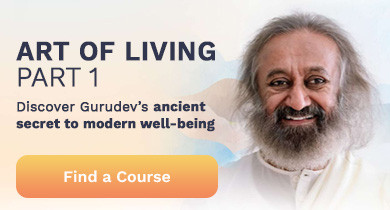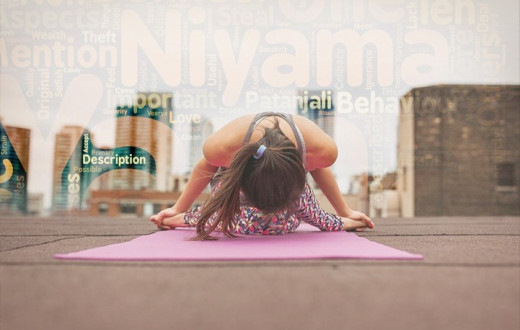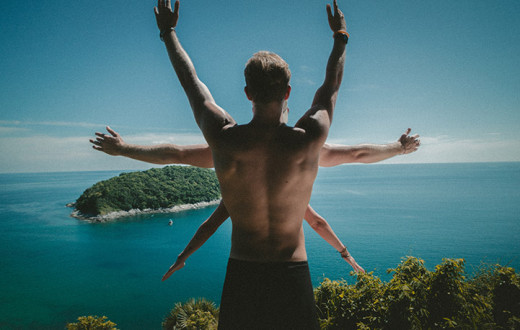By Jennifer Bieman| Posted: March 29, 2019
Yoga’s hero pose and deep breathing could be a key to reducing post-traumatic stress disorder (PTSD) symptoms in emergency workers, London researchers embarking on a new federally funded study say.
A London-based team has clinched federal money to study whether yoga can be a cost-effective, non-pharmaceutical intervention for first responders grappling with PTSD, an oftentimes debilitating psychological response to trauma often seen in emergency workers.
Context of the research project
“It’s under-diagnosed and often untreated,” said psychiatrist Akshya Vasudev, an associate scientist at Lawson Health Research Institute — the research arm of London Health Sciences Centre and St. Joseph’s Health Care London — and an associate professor at Western University’s Schulich School of Medicine and Dentistry.
Vasudev’s study is one of 22 across Canada to receive a grant from the Canadian Institutes of Health Research (CIHR), a federal department that funds health-care studies. Each of the projects will receive one-year grants of up to $150,000 to a total of $2.95 million. Vasudev is expecting between $100,000 and $130,000 will be allocated for the PTSD yoga research.
Another study, examining mental health resiliency training in firefighters, by Western professor and Lawson researcher Joy MacDermid, was approved in the same round of CIHR funding.
The yoga research team will be recruiting 74 study participants, emergency workers who have symptoms of PTSD, from the London area for the study. They’re hoping to begin this month and will collect data for about 18 months.
Breathing practice
Study participants will learn a specific type of yoga, Sudarshan Kriya yoga, developed by the international non-profit Art of Living Foundation. The method focuses on deep and rhythmic breathing, more so than physical positions like downward dog and child’s pose.
Vasudev has practiced the method for the past seven years.
“It’s my life now, I love it,” he said. “By breathing deeply in and out, you get into a deep state of relaxation where the mind is no longer preoccupied thinking about things.”
The yoga technique will be taught to study participants in the first week of the 12-week program. Each participant is asked to complete the breath-focused yoga for 30 minutes each day on their own, in addition to weekly follow ups with the research team.
Vasudev and his team have already conducted a pilot project on the yoga method and its effectiveness as a PTSD treatment, to see if it warranted a full-blown study. The feasibility study found the yoga method led to significant improvement in PTSD, depression, and anxiety symptoms among pilot project participants.
Combination therapies
“While psychotherapy and medication are important tools for treating PTSD, it’s time to look at other ways to address the issue,” Vasudev said. “Wait lists for publicly funded psychotherapy can be longer than a year, and pharmaceutical interventions alone aren’t always as effective as hoped.”
“We don’t get into remission in most of the patients. The response rate is close to 20 to 30 per cent only with medications alone. We have to look at combination (therapies),” he said. “It’s time to widen our horizons.”
The upcoming study builds on other born-in-London PTSD research, chronicled in Exit Wounds, a four-part joint series by the London Free Press and the Windsor Star, detailing the personal toll and treatment options available for emergency workers coping with the mental disorder.
This article by Jennifer Bieman was originally published by the London Free Press.





























